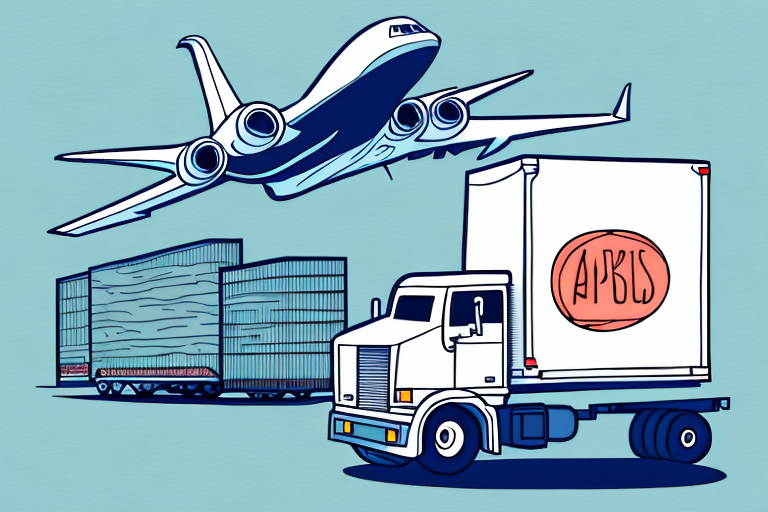Understanding Shipping Services
Shipping services are a critical component for businesses that sell goods and products, encompassing methods used to transport items from one location to another. These services can be categorized based on the mode of transportation, including air, land, sea, and rail, each offering distinct advantages depending on factors such as distance, volume, and urgency.
Key stages in the shipping process include:
- Packaging: Ensures goods are protected during transit.
- Labeling: Identifies the package and its contents accurately.
- Tracking: Allows customers to monitor the shipment's progress.
- Insurance: Provides coverage in case of loss or damage.
Understanding these stages is essential for ensuring that shipments arrive safely and on time, thereby enhancing customer satisfaction and operational efficiency.
Economy Shipping: Advantages and Disadvantages
Advantages of Economy Shipping
- Cost-Effective: Economy shipping typically offers lower rates, making it ideal for budget-conscious businesses.
- Suitable for Non-Urgent Shipments: Ideal for sending bulky or low-value items that do not require expedited delivery.
- Environmental Benefits: Often involves consolidated shipments, reducing the carbon footprint.
Disadvantages of Economy Shipping
- Longer Delivery Times: Economy shipping can take anywhere from 5 to 20 days internationally and up to ten days domestically.
- Limited Tracking: May offer fewer tracking options, making it harder to monitor shipments.
- Higher Risk of Issues: Increased chances of damage, loss, or theft due to extended transit times.
Despite its lower cost, businesses must weigh the potential delays and risks associated with economy shipping against the financial benefits.
Ground Shipping: Advantages and Disadvantages
Advantages of Ground Shipping
- Faster Than Economy Shipping: Typically delivers within 2 to 5 days for local shipments and up to seven days for interstate shipments.
- Lower Costs Compared to Air Shipping: Offers a balance between cost and delivery speed.
- Environmental Efficiency: Produces fewer carbon emissions compared to air shipping.
Disadvantages of Ground Shipping
- Longer than Express Options: While faster than economy, it may still be too slow for time-sensitive deliveries.
- Limited Delivery Options: Remote or rural areas may have fewer delivery services available.
- Risk of Damage: Potential for damage or loss remains, especially over longer transit routes.
Ground shipping serves as a middle ground between cost and speed, making it suitable for a wide range of shipping needs.
Choosing Between Economy and Ground Shipping
Selecting the appropriate shipping method depends on several factors:
- Urgency: Determine whether the shipment is time-sensitive.
- Destination: Consider both local and international delivery requirements.
- Package Specifications: Evaluate the weight, dimensions, and nature of the items being shipped.
- Budget: Balance the cost against the necessity for speed and reliability.
- Tracking and Security: Assess the importance of tracking capabilities and the risk tolerance for potential damages.
For example, perishable or fragile items may benefit from ground shipping’s faster delivery and reduced handling, whereas non-urgent items can be shipped economically to save costs.
Calculating Shipping Costs
Shipping costs are influenced by multiple factors, including:
- Weight and Dimensions: Heavier and larger packages incur higher costs.
- Distance: Longer distances, especially international ones, increase shipping expenses.
- Service Level: Economy, ground, and express options vary in price based on speed and reliability.
- Additional Fees: Insurance, handling, and fuel surcharges can add to the total cost.
- Product Type: Hazardous or fragile items may require special packaging, affecting the price.
Businesses can utilize online shipping calculators provided by carriers such as major shipping companies to estimate costs accurately. Additionally, negotiating bulk shipping rates or leveraging business discounts can result in significant savings.
Future Trends in Shipping
The shipping industry is evolving rapidly with advancements in technology and changing consumer expectations:
- Automation and Robotics: Implementation of drones and automated vehicles for faster delivery times.
- Artificial Intelligence: AI-driven logistics optimize routing, reducing both time and costs.
- Sustainability: Increased focus on eco-friendly practices, such as electric delivery vehicles and carbon-neutral shipping options.
- Enhanced Tracking: Improved real-time tracking systems provide greater transparency for customers.
These innovations aim to address the growing demand for efficient, reliable, and sustainable shipping solutions, positioning both economy and ground shipping to adapt and thrive in a competitive market.
Conclusion
Deciding between economy and ground shipping requires a comprehensive understanding of your business's specific needs, including cost considerations, delivery speed, and the nature of the goods being shipped. By evaluating the advantages and disadvantages of each method and staying informed about industry trends, businesses can make informed decisions that enhance operational efficiency and customer satisfaction.




















